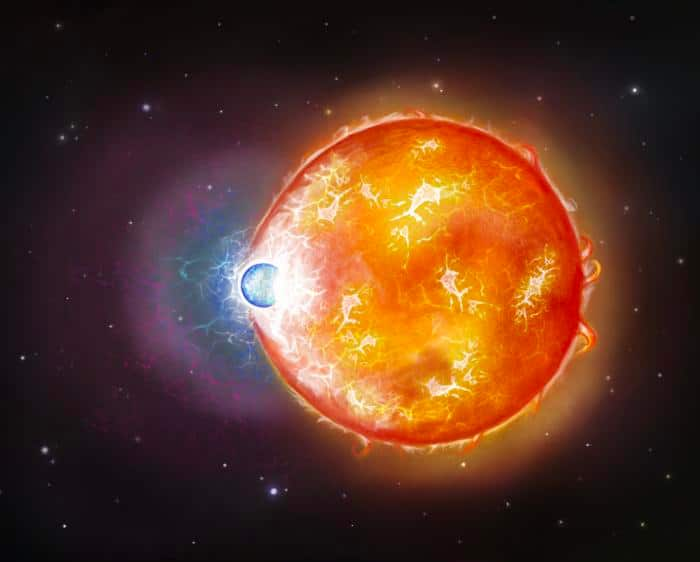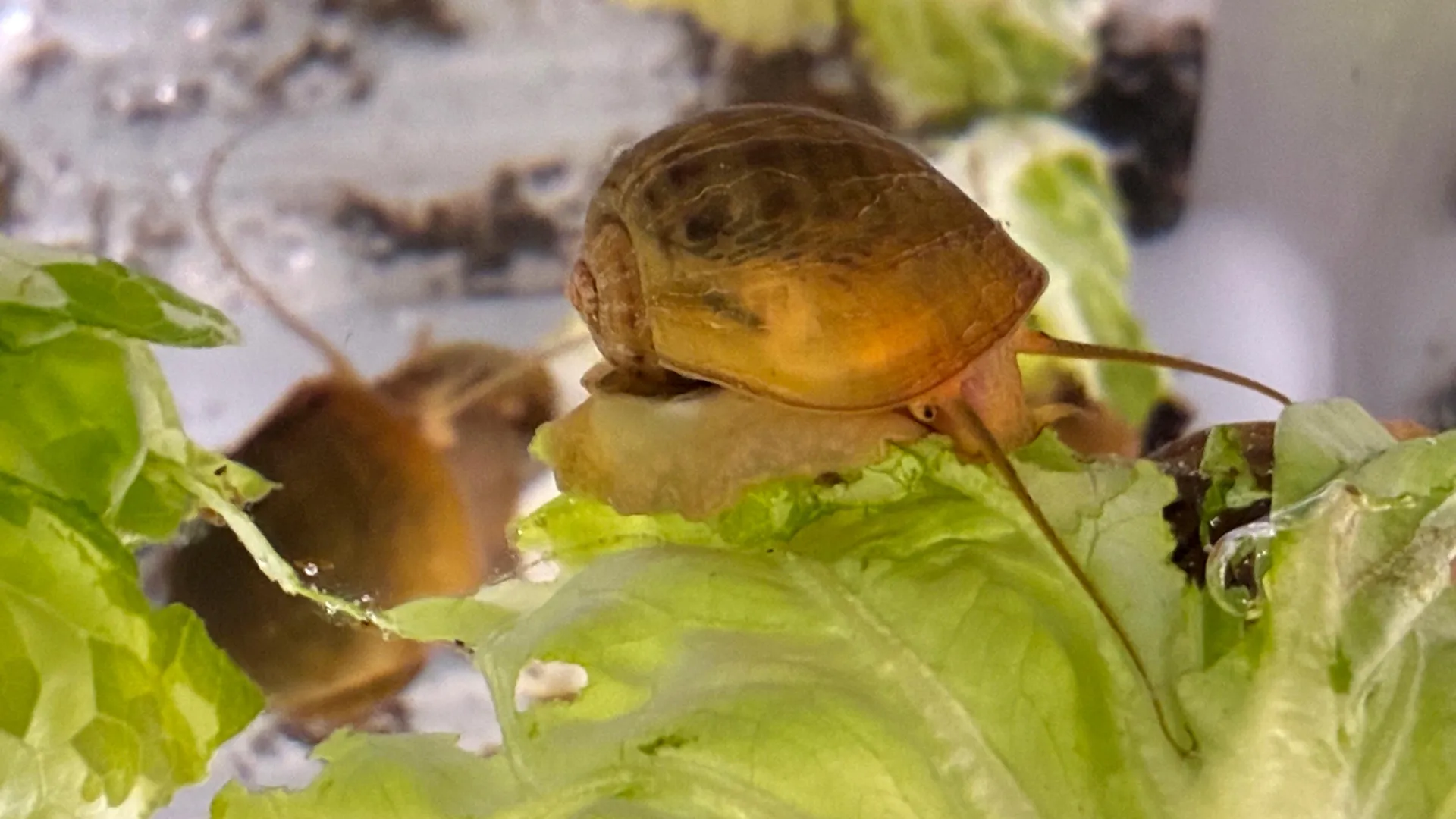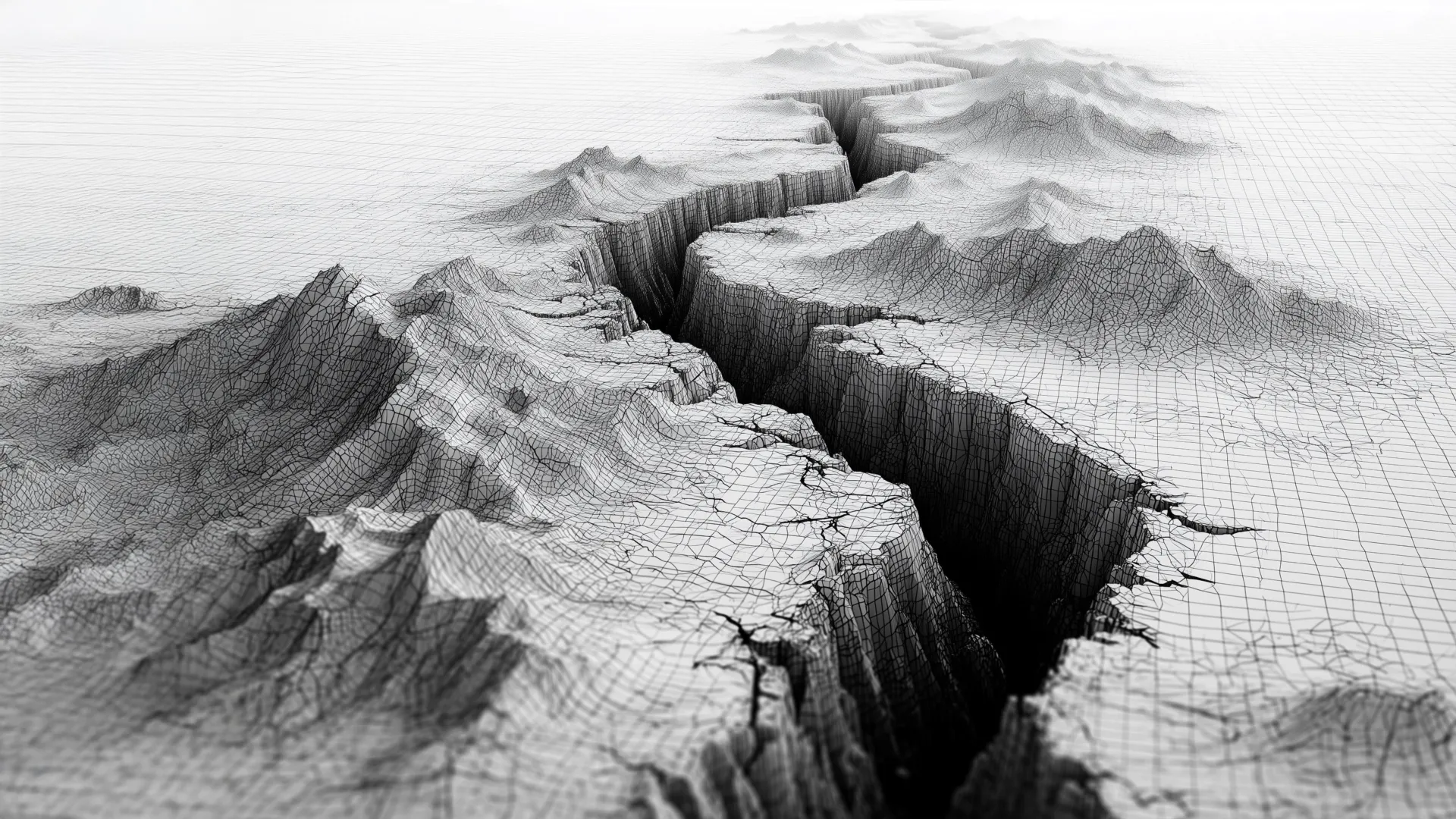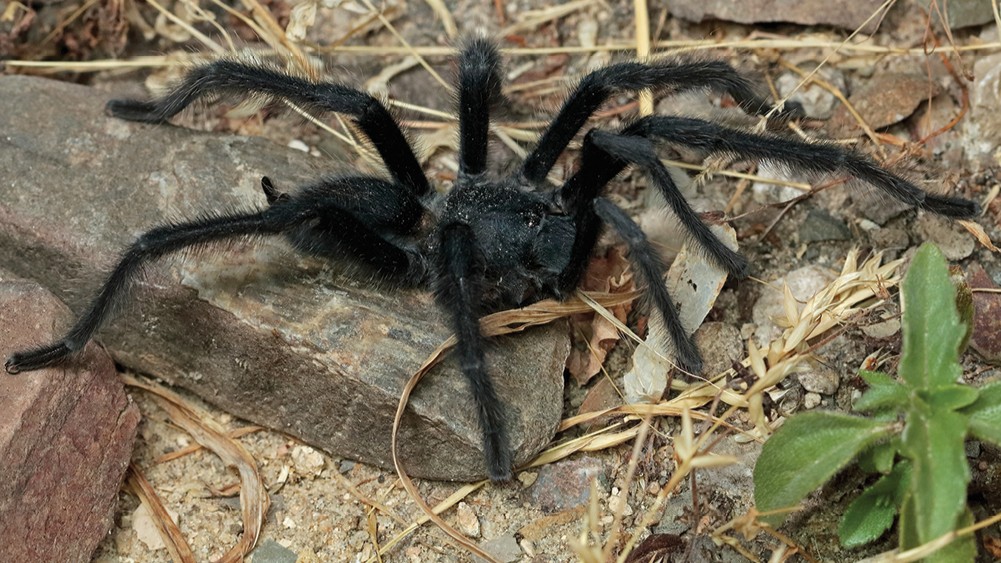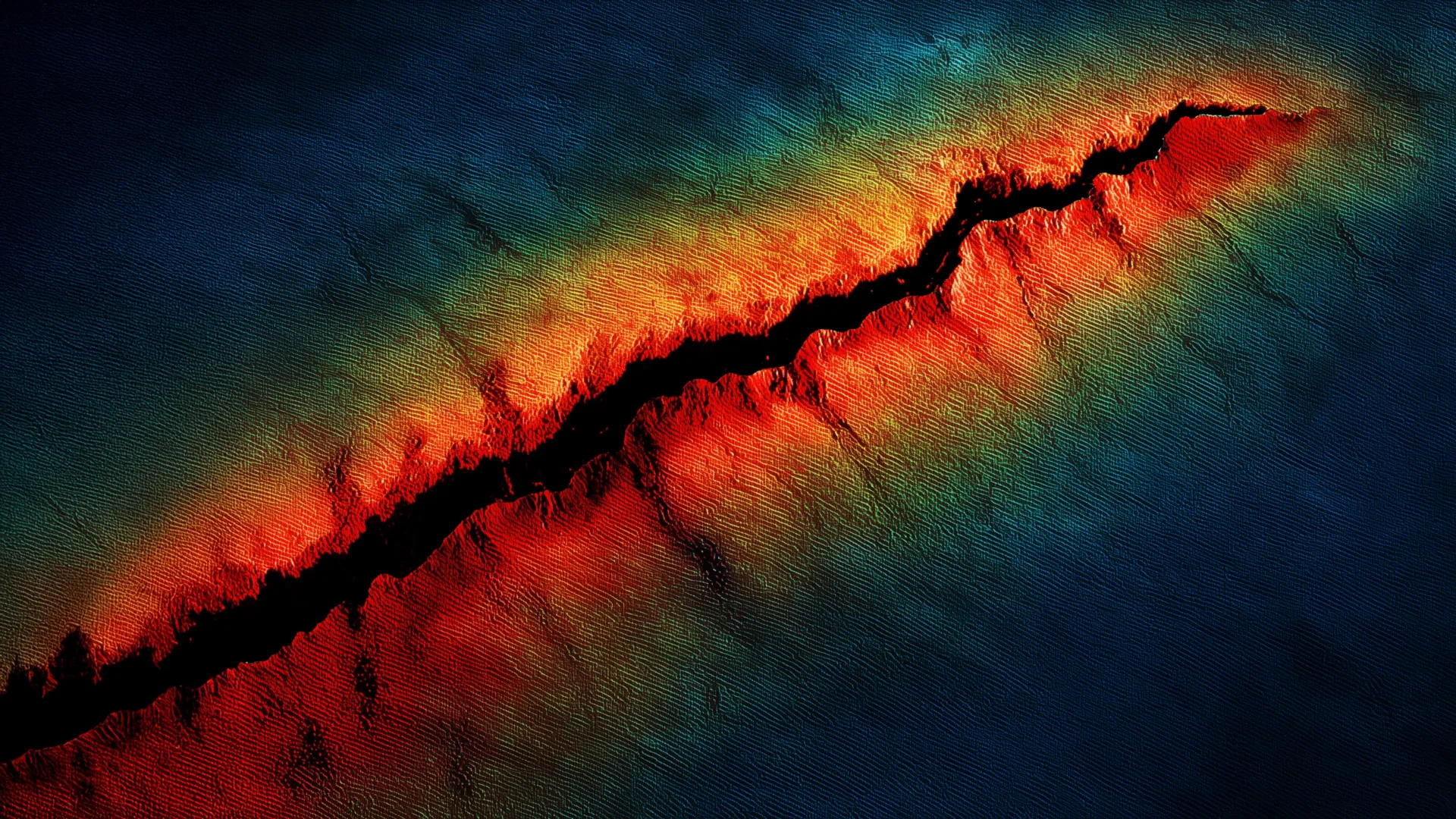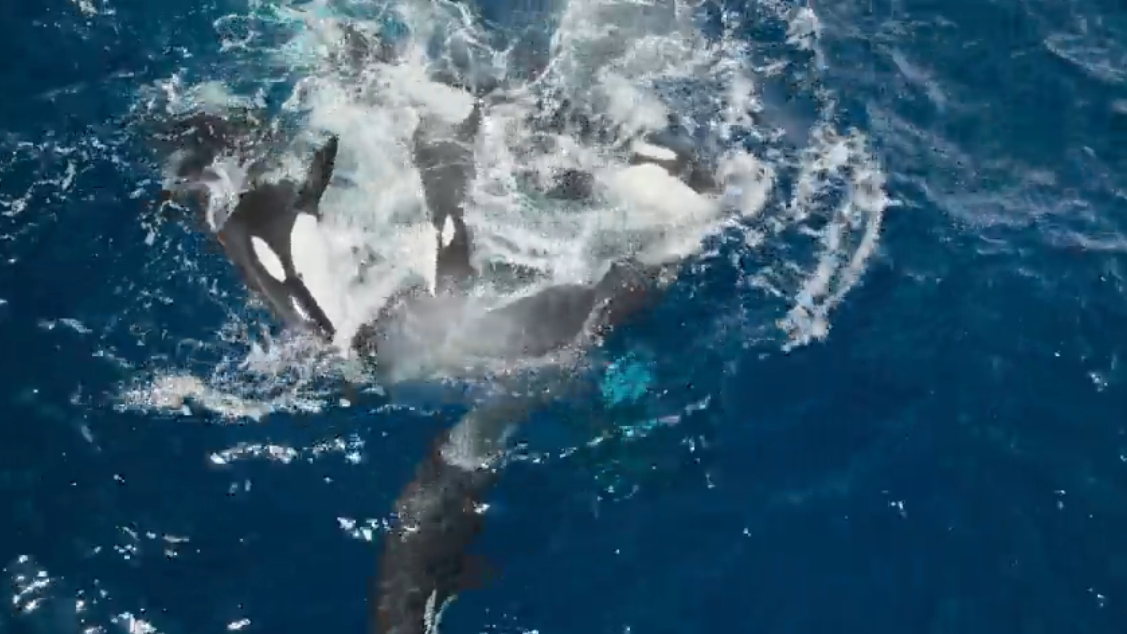5 Billion Sea Stars Are Dying: Scientists Finally Uncover the Shocking Cause!

Did you know that over 5 billion sea stars have mysteriously vanished from the Pacific coast, and scientists have just unraveled the gruesome truth behind this mass extinction? It sounds like something out of a dystopian novel, but it’s our planet’s reality.
Since 2013, the Pacific coast from Mexico to Alaska has been haunted by a mysterious ailment known as sea star wasting disease, which has led to one of the most catastrophic die-offs of marine life in recent history. This heart-wrenching phenomenon has affected over 20 different species of sea stars, with the sunflower sea star bearing the brunt of the tragedy—losing nearly 90% of its population in just five years.
Marine disease expert Alyssa Gehman from the Hakai Institute in British Columbia describes the scene as “really quite gruesome.” Healthy sea stars, with their vibrant, puffy arms reaching straight out, become grotesque as lesions form, leading to arms that simply fall off. Can you imagine witnessing such a transformation?
But the veil of mystery has finally lifted. A recent study published in the journal Nature Ecology and Evolution has pinpointed the culprit: a bacteria named Vibrio pectenicida. This nefarious bacteria is also known for wreaking havoc on shellfish. “This solves a long-standing question about a very serious disease in the ocean,” stated Rebecca Vega Thurber, a marine microbiologist from the University of California, Santa Barbara, who wasn’t involved in the study but acknowledges its significance.
For years, scientists suspected a virus, particularly a densovirus, might be responsible. However, they found that this particular virus also existed in healthy sea stars, leading them down the wrong path. The breakthrough came when researchers started examining living sea stars, focusing on the coelomic fluid—the liquid inside these marine creatures—where they finally discovered the harmful bacteria.
Blake Ushijima, a microbiologist from the University of North Carolina, praised the research, calling it “really smart and significant.” He noted the challenge of tracing the origins of environmental diseases underwater, emphasizing the complexity and importance of this discovery.
Now that the cause is identified, the focus is shifting toward restoration efforts. Melanie Prentice, co-author of the study, mentioned that scientists can begin testing which sea stars are still healthy, explore options for breeding in captivity, and even relocate healthy individuals to areas where populations have collapsed. They’re also investigating whether some sea stars possess natural immunity and if probiotics could offer them protection.
The stakes are high—not just for the sea stars but for the entire marine ecosystem. Sunflower sea stars play a critical role in controlling sea urchin populations, which have exploded since the sea stars’ decline. This surge has led to the destruction of about 95% of kelp forests along the Northern California coast over the past decade. Kelp forests, often referred to as the “rainforests of the ocean,” are vital habitats that support countless marine species including fish, sea otters, and seals.
Alyssa Gehman poignantly remarks, “Sunflower sea stars look sort of innocent when you see them, but they eat almost everything that lives on the bottom of the ocean. They’re voracious eaters.” With this groundbreaking discovery, scientists are hopeful they can revive sea star populations and restore the balance of the Pacific’s delicate ecosystem.











